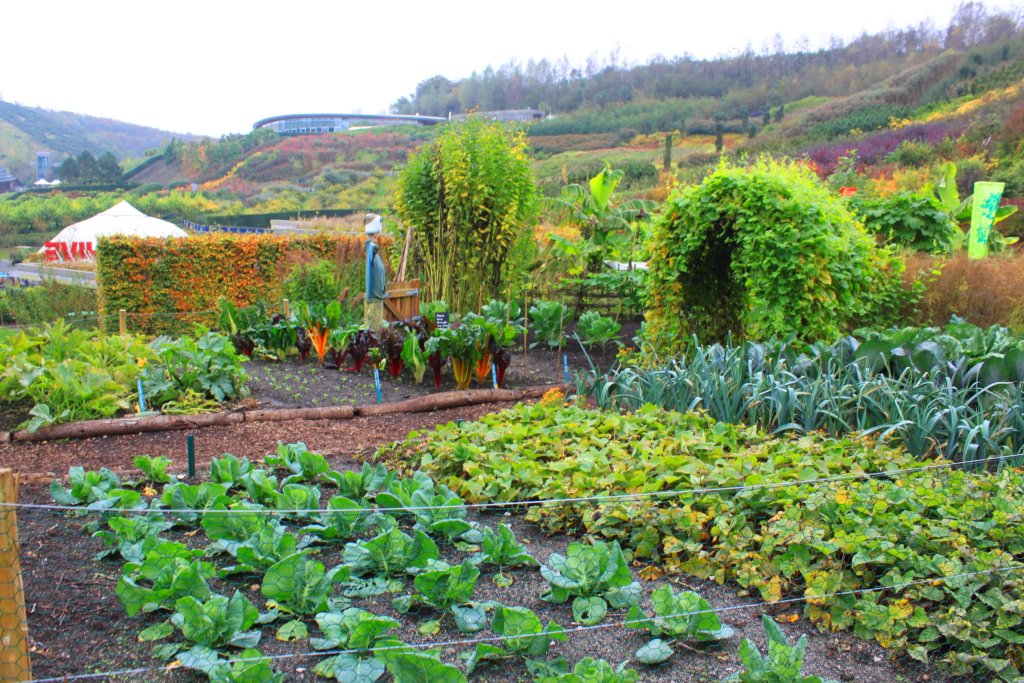Growing your own food can be a great way to save money, but is it really cheaper than buying groceries? Starting and maintaining a vegetable garden requires time and effort, so you want to ensure that the cost savings outweigh the costs of starting up.
From selecting produce that save money to understanding how much space you need for each type of plant, there are many considerations when deciding whether growing your own food is indeed cheaper. In this blog post, we’ll explore the benefits of having a vegetable garden and some tips on which fruits and vegetables will help maximize your cost savings over grocery store prices.
Benefits of Growing Your Own Food
Cost Savings
Growing your own food can be one of the most cost-effective ways to save money on groceries. Take tomatoes, carrots, and bell peppers, for example. They’re not the most expensive item in the produce section, but they’re relatively cheap to grow and maintain in sizable quantities. Focusing on low-maintenance produce is the best way to keep your spending low.
Better Nutrition
Eating freshly picked produce ensures maximum nutrition since nutrients start deteriorating shortly after harvesting due to exposure to air and light, reducing their nutritional value over time if not consumed quickly enough after being purchased from grocery stores or farmers’ markets.
By growing your own fruits and vegetables, you can be sure that the food you are consuming is of the highest quality as it has been harvested at its peak ripeness with no added chemicals or preservatives. Additionally, fresh produce provides essential vitamins and minerals for optimal health.
Reduced Carbon Footprint
Growing your own food helps reduce carbon emissions associated with transportation costs incurred by shipping produce across long distances before reaching consumers’ tables.
How to Start a Low-Cost Garden
Not only does gardening provide cost savings, health benefits, and environmental impact, but it also gives you the satisfaction of knowing that you grew something with your own hands. Starting a garden is easy. However, starting a cost-efficient garden requires expertise.
Choosing the Right Location
When choosing a location for your vegetable garden, pick an area with plenty of sunlight throughout the day and good drainage. It’s also important to choose an area that is free from any weeds or pests that could harm your plants and increase your overall costs. A garden can be a great addition to any home, whether you’re sprucing up your lake house or adding a pop of color to your apartment.
Preparing the Soil
Once you’ve chosen a spot for your garden, it’s time to prepare the soil by adding organic matter such as compost or manure. This will help improve drainage and add nutrients to the soil which will help promote healthy plant growth. You should also test the soil’s pH level before planting anything to ensure optimal conditions for plant growth. Starting a compost bin at home is a great way to cut costs on store-bought fertilizer.
Planting and Maintenance Tips
Before planting any seeds or seedlings in your garden bed, ensure they have enough space between them, so they don’t overcrowd each other when they grow larger. Watering regularly is essential for keeping plants healthy; however, too much water can lead to root rot so be careful not to overwater them either.
Finally, mulching around plants helps retain moisture while preventing weeds from taking over – just remember not to pile mulch up against stems, as this can cause stem rot. Staying on top of regular maintenance protects your investment in your garden.
Having a vegetable garden is a great way to save money on groceries, but it takes some planning and preparation. With the right location, soil, and maintenance tips in mind, you can start growing your own produce for cost savings. Next up: discovering which produce are best for cost savings.
Best Produce to Grow for Cost Saving
Tomatoes
Tomatoes are one of the most popular products to grow for cost savings. Not only do they require minimal maintenance, but they also produce a large yield with each harvest. Tomatoes can be grown in containers or in the ground and provide fresh tomatoes all season long. They grow vertically too, which makes them take up less space.
Peppers
Peppers are another produce that can save you money at the grocery store. Peppers come in many different shapes, sizes, and colors so there’s something for everyone. They thrive best when planted directly into the soil and need plenty of sunlight throughout the day.
Carrots
Carrots are easy to grow from seed and don’t require much work once planted since they grow underground. They prefer cooler temperatures, so it’s best to plant them early in the spring or late summer/early fall, depending on where you live. Harvesting carrots is simple; just gently pull them out of the ground when they reach the desired size.
Sprout Savings in Your Garden
In conclusion, growing your own food can be a great way to save money at the grocery store. With some planning and dedication, you can create a vegetable garden that will provide you with fresh produce for years to come.
The best produce to grow for cost savings are tomatoes, peppers, onions, garlic, carrots and lettuce. Whether you have a sprawling backyard oasis or a modest basement vegetable garden, these tips will help you grow healthy eats at a fraction of the cost.

